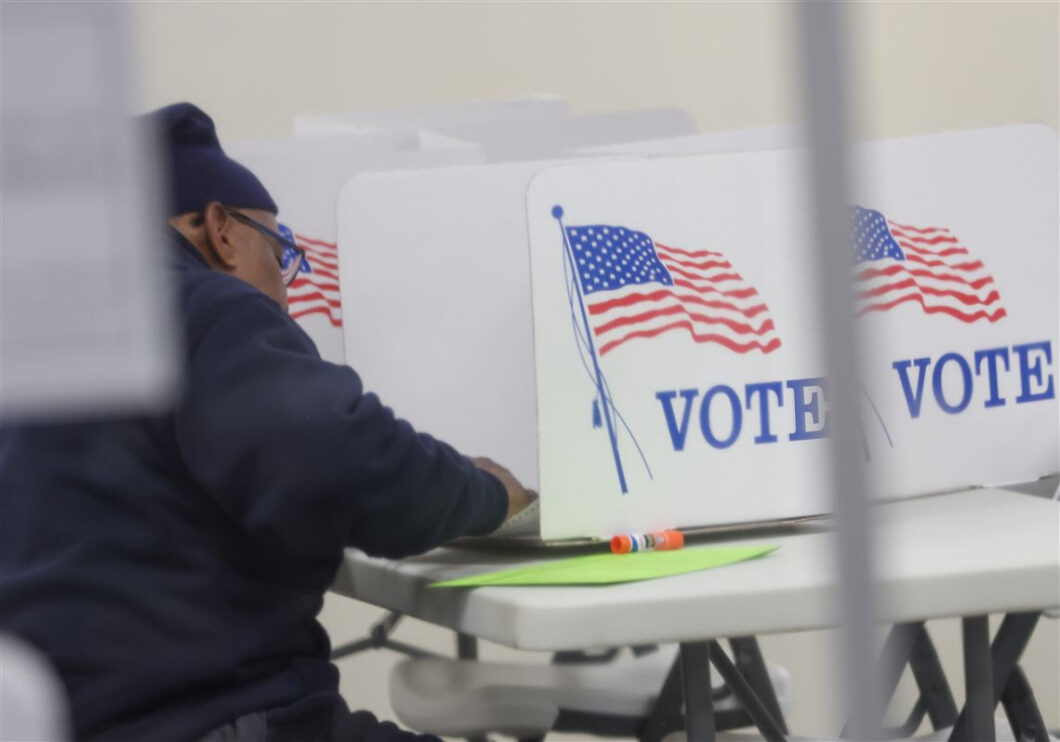State Issue 1 on the Ohio ballot is simply a question of whom do you trust. Stripped of charge and countercharge of gerrymandering for political advantage, the issue is who should draw the lines used for Congressional and state legislative representation.
Citizens can and should do the job, and this constitutional amendment will allow that to happen.
This will be the fifth time in 20 years that Ohioans have voted on a change in the redistricting process. In each case those ballot issues worked inside the confines of a Redistricting Commission comprising Statehouse politicians given detailed specifications for compliance.
But the problem in Ohio isn’t the formula used to draw legislative districts; it’s the makeup of the body creating the political boundaries. After the 2020 census, the governor, auditor, secretary of state, and two members of each party from the General Assembly produced district maps that were ruled unconstitutional by the Ohio Supreme Court seven times.
No one should hold the illusion that a switch to a citizen redistricting commission will end the constant court challenges over newly drawn district maps. But 15 engaged citizens — five Republicans, five Democrats, and five independents — will have no reason to seek personal political advantage, which is why this reform plan is the best option.
Republican opponents to Issue 1 say that the requirement of political proportionality in the districts based on statewide election results will by law create a predetermined political balance, about 54 percent Republican and 46 percent Democrat, based on recent elections, and thus enshrines gerrymandering. The GOP makes a good point, but they do not win the argument.
The current legislative districts were drawn in secret, in a “war room,” set up in a hotel near the Statehouse. The GOP redistricting majority consulted with experts attempting to produce politically advantageous districts that could withstand a court challenge.
If for no other reason than full transparency in the redistricting process the switch to an all-citizen process is superior to the present one. If Issue 1 is passed, the citizens commission will do their work in public, and everyone will be able to watch on the Ohio Channel.
The proportionality requirement will make more legislative and congressional districts competitive, which will have the effect of making candidates appeal more to the middle than the extremes.
Ohio Issue 1 is recognition that state government belongs to citizens. Districts drawn by civic-minded Ohioans in public view can help restore trust in state government that has been eroded by constant scandal always tied to partisan political advantage.
Issue 1 is an improvement on politician control of redistricting and should be approved by Ohio voters.
Read the original piece here.

